Bright Future Recovery serves Northern California, Central California, Southern California and the U.S. with evidence-based, whole person and affordable addiction rehab services associated with alcohol and drug abuse. We are happy to share valuable addiction recovery information.
Detox | Residential Rehab | Relapse Prevention
Confidential Consultations and Insurance Verification
Questions about Drug and Alcohol Abuse and Recovery?
Call Bright Future Recovery at (831) 245-1623 for a Confidential Consultation. We Can Help.
Alcohol Detox
Each person struggling with recovery will have his or her own journey to recovery. Recuperation depends on the individual, the amount of alcohol used, and how long the individual was abusing alcohol. Post-Acute Withdrawal Syndrome (PAWS) can affect individuals through the first couple years of recovery.
It is important to understand each person has a different rate of recovery, and those who are going through PAWS will need continued work to relieve their symptoms through a long-term program.
Alcohol’s Effects on the Brain
Excessive drinking alters the brain’s chemicals, which causes the brain to modify its neurotransmitter activity by enhancing GABA and decreasing glutamate. This process creates in the individual a relaxed and happier feeling while drinking alcohol. This can turn into alcohol dependence if the individual continues to drink excessively, and the brain will suppress GABA and increase glutamate. When this happens, the body will need higher levels of alcohol to sustain the effect, which will lead to addiction. The longer and more severe the addiction is, the longer the alcohol withdrawal timeline becomes.
The alcohol detox timeline has three stages of alcohol withdrawal, beginning with mild symptoms to moderate symptoms to the most severe symptoms known as Delirium Tremens (DTs).
Alcohol Withdrawal Symptoms Timeline
Mild withdrawal symptoms may occur within the first six to 24 hours after one’s last drink. These symptoms include intense cravings, nausea, vomiting, anxiety, headaches, and insomnia. Within 24 to 48 hours, the second stage starts in which symptoms may progress to irregular heartbeat, seizures, confusion, hallucinations, and a higher body temperature. The most intense symptoms typically happen within 48 to 96 hours in the third stage and may include severe itchiness; impulsive and dangerous behaviors; depression and anxiety; seizures with tremors; disorientation; and delirium.
These alcohol withdrawal symptoms and timeline will vary from person to person depending on his or her age, how long the individual abused alcohol, and how much alcohol was consumed before beginning the detox. Not everyone will feel all these symptoms or go through all three stages, but most people will have intense alcohol cravings at some point during the detox.
Different Strategies For Alcohol Detoxing
Some people can detox simply by quitting alcohol altogether, but this is not a recommended method unless there are only mild withdrawal symptoms. Alcohol withdrawals can be severe, even deadly. Ending dependence on alcohol through detox is only the first step. Not consuming alcohol after becoming dependent on it can shock one’s system and may increase the chance of seizures.
Slowly reducing the amount of alcohol consumed may seem like a possibility for some people to stop using alcohol; however, it can be hard to maintain the results after quitting. It may be possible for some people to avoid the symptoms of acute alcohol withdrawal, but without repairing the body’s damaged biochemistry, the individual may continue to feel down and negative even months after quitting drinking.
Without proper treatment, the individual may not realize he or she needs to change their mindset and their relationship with alcohol. This can lead to a relapse when the individual cannot figure out why he or she does not feel better after quitting drinking.
Inpatient And Outpatient Alcohol Detoxing Programs
A comprehensive inpatient program is the preferred method for alcohol detox. This will provide individuals with emotional support and constant supervision to help with the recovery process. An alcohol detox program will help with proper nutrition and hydration, as well as ways to reduce alcohol withdrawal symptoms and prevent relapses.
Outpatient detox programs are another option. These programs require individuals to visit the detox center daily throughout the process to check on medications and withdrawal symptoms. This allows people to continue with work, school, or other personal commitments without needing to take time off or explain an absence.
Confidential Consultations and Insurance Verification
Call Bright Future Recovery Now
Detox | Residential Rehab | Relapse Prevention
Free Insurance Benefits Check
Post-Acute Withdrawal Syndrome
Post-Acute Withdrawal Syndrome (PAWS) occurs when someone who has consumed a large amount of a drug over a long period, decides to quit. Long after the initial acute withdrawal symptoms have subsided, people can experience post-acute withdrawal symptoms that can last from one year to a couple of years, even as much as five years, depending on the treatment or lack of treatment. The symptoms are usually intermittent and can be cyclical. PAWS can often be the cause of people relapsing into their addictions.
PAWS symptoms can include:
- Inability to think clearly
- Memory problems
- Emotional overreactions or numbness
- Sleep disturbances/insomnia
- Depression and fatigue
- Anxiety and panic
- Physical coordination problems
- Stress sensitivity
Predicting PAWS
In 2015 Dr James Maldonado discovered a way to predict the possibility of PAWS occurring in a patient. This PAWS alcohol withdrawal scale has been in use since then in many hospitals and rehabs to better prepare them in treating patients going through alcohol withdrawal.
It’s a series of questions that can give the doctor a better idea of how severe the addiction is and helps predict the acuteness of PAWS.
Not Just Alcohol
PAWS can happen in individuals who have abused the following drugs: alcohol, opioids, antidepressants, marijuana, and benzodiazepines. Some drugs can lead to prolonged or protracted withdrawal symptoms after the acute withdrawal symptoms phase has ended. The healing process can last months or even years. The best way to help the healing along is to stay away from stressful situations and places that may trigger a negative emotional response.
A person needs to be prepared for the possibility of getting PAWS. A study showed that about 70% to 90% of patients will experience PAWS symptoms. Mostly they will only get mild symptoms but sometimes someone will feel the symptoms so keenly, they may think they are going crazy. The physical symptoms might be less severe, but people will still feel uncomfortable with the emotional and mental symptoms, which could lead to the possibility of relapsing. With the proper treatment, these symptoms won’t last forever.
Alcohol Detox Programs And Treatments
It is extremely important to undergo medically supervised alcohol detox when considering quitting alcohol. If you’re looking for drug and alcohol rehabilitation in Northern or Central California, Bright Future Recovery provides medically supervised alcohol detox in our addiction treatment program.
Call Bright Future Recovery Now
Confidential Consultations and Insurance Verification
Detox | Residential Rehab | Relapse Prevention
We accept most insurance – Free Insurance Benefits Check.








